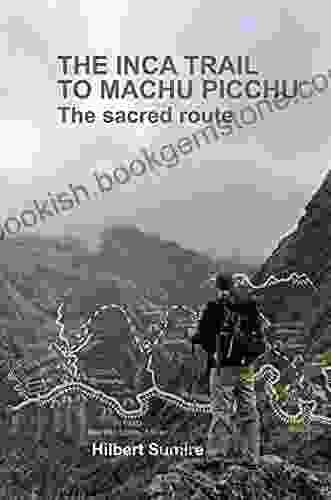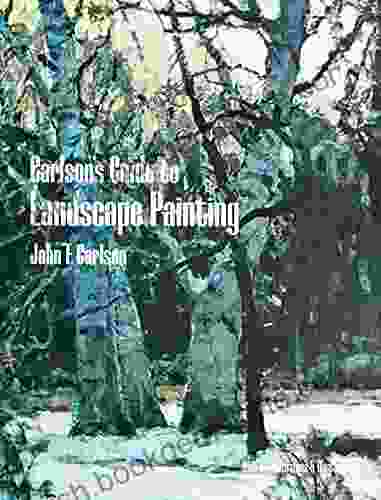The History of the Inca Trail
The Inca Trail, a captivating network of ancient trails stretching across the Andes Mountains of Peru, holds a profound significance in the history of the Inca Empire. These meticulously engineered pathways served as the primary route for Incan travelers, traders, and messengers, connecting the flourishing Inca capital of Cusco to the revered citadel of Machu Picchu.
5 out of 5
| Language | : | English |
| File size | : | 117093 KB |
| Text-to-Speech | : | Enabled |
| Screen Reader | : | Supported |
| Enhanced typesetting | : | Enabled |
| Word Wise | : | Enabled |
| Print length | : | 253 pages |
| Lending | : | Enabled |
The trail's construction, estimated to have spanned decades, showcases the exceptional ingenuity and architectural prowess of the Incas. Skilled stonemasons meticulously crafted intricate stone steps, bridges, and tunnels, skillfully maneuvering through challenging terrain and bridging formidable chasms.
The Trail's Highlights
Embarking on the Inca Trail is an adventure that promises an unparalleled blend of historical significance, cultural immersion, and breathtaking natural beauty.
- Inti Punku (Sun Gate): As you approach Machu Picchu, the trail culminates at the iconic Sun Gate, offering a dramatic and unforgettable first glimpse of the ancient city.
- Dead Woman's Pass (Abra de la Mujer Muerta): Located at an elevation of approximately 4,200 meters (13,779 feet),this challenging pass is the highest point on the trail and demands physical exertion but rewards hikers with breathtaking panoramic views.
- Phuyupatamarca Ruins: Nestled amidst a cloud forest, these ruins enchant with their well-preserved structures, providing a glimpse into the architectural skills of the Inca civilization.
- Wiñay Wayna Ruins: These ruins, positioned along a scenic valley, showcase a fascinating array of agricultural terraces, Inca dwellings, and ceremonial sites, immersing hikers in the daily life of the past inhabitants.
- Machu Picchu: The culmination of the Inca Trail, Machu Picchu stands as a testament to the Incan Empire's architectural prowess and spiritual beliefs. Explore its iconic structures, including the Temple of the Sun, the Temple of the Condor, and the Intihuatana Stone.
Challenges of the Inca Trail
While the Inca Trail offers an extraordinary experience, it is imperative to acknowledge its inherent challenges. Hikers should be well-prepared physically and mentally to navigate the trail's demands.
- Altitude: The trail ascends to high altitudes, reaching approximately 4,200 meters (13,779 feet) at Dead Woman's Pass. Hikers must acclimatize gradually to avoid altitude sickness.
- Distance and Terrain: The Inca Trail covers approximately 43 kilometers (27 miles) of diverse terrain, including steep ascents, rugged paths, and slippery surfaces. Hikers should be comfortable with extended periods of trekking.
- Weather Conditions: The trail traverses various microclimates, and weather conditions can change rapidly. Hikers should be prepared for rain, sun, and cold temperatures.
- Crowds: The Inca Trail is a popular trekking destination, and hikers should expect to encounter crowds, especially during peak season. Booking in advance and considering less-traveled alternative trails can help mitigate this.
Tips for an Unforgettable Trek
To ensure an enjoyable and safe Inca Trail experience, consider these essential tips:
- Start training several months in advance to improve endurance and acclimatize to altitude.
- Carry a comfortable backpack and break in your hiking boots to prevent blisters.
- Consider using trekking poles for added stability.
- Pack light and only bring essential items.
- Include layers of clothing for changing weather conditions.
- Bring a water bottle and purification tablets.
- Carry a first-aid kit and basic medications.
- Spend a few days in Cusco before starting the trek to acclimatize to the altitude.
- Listen to your body and take breaks when needed.
- Hire a reputable tour operator that prioritizes safety and environmental conservation.

























































































































































































































































































































































































































































































































































































































































































































